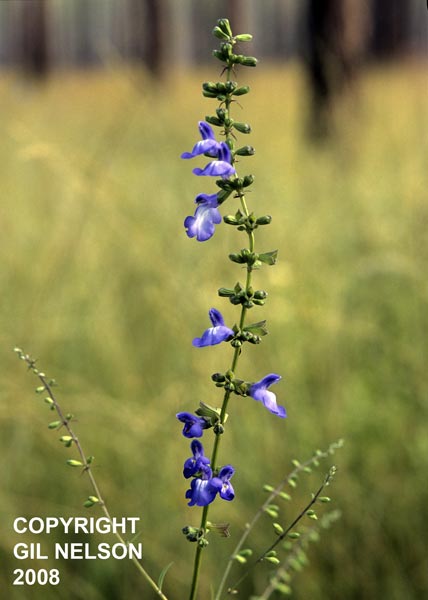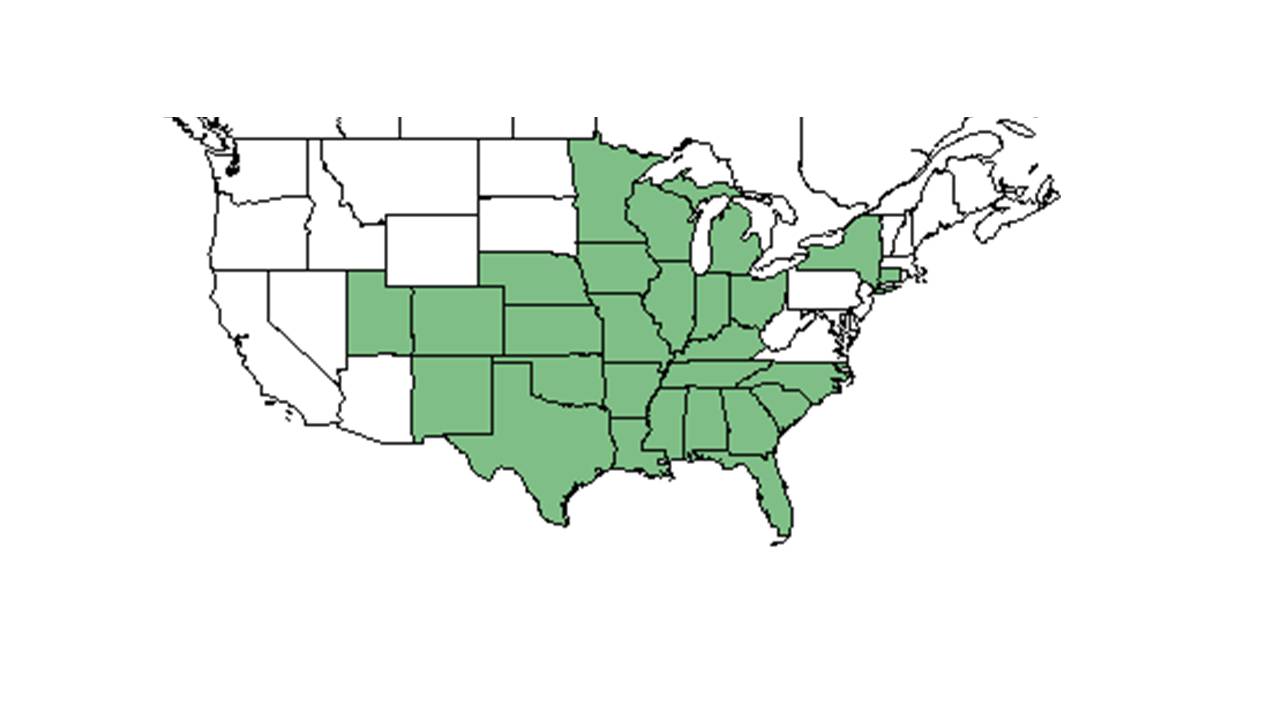Salvia azurea
| Salvia azurea | |
|---|---|

| |
| Photo taken by Gil Nelson | |
| Scientific classification | |
| Kingdom: | Plantae |
| Division: | Magnoliophyta – Flowering plants |
| Class: | Magnoliopsida – Dicotyledons |
| Order: | Lamiales |
| Family: | Lamiaceae ⁄ Labiatae |
| Genus: | Salvia |
| Species: | S. azurea |
| Binomial name | |
| Salvia azurea Michx. ex Lam. | |

| |
| Natural range of Salvia azurea from USDA NRCS Plants Database. | |
Contents
Description
Corolla is typically white or white with blue tint near the petal tips in northern Florida and southern Georgia (KMR).
Distribution
Is found locally and regionally abundant as a native tallgrass prairie perennial (in Kansas) (Damhoureyeh & Hartnett 1997).
Ecology
Habitat
Phenology
Seed dispersal
Seed bank and germination
Fire ecology
Pollination
Use by animals
Studies conducted with animals
In general (after experimenting the effects of bison and cattle on growth, reproduction, and abundances of Salvia azurea and other perennials), bison resulted in greater plant biomass and height, and lower number of stems per plant relative to plants in ungrazed sites, whereas cattle resulted in lower plant biomass, plant height, and number of stems per plant (Damhoureyeh & Hartnett 1997).
Diseases and parasites
Conservation and Management
Cultivation and restoration
References and notes
- Damhoureyeh, S. A. and D. C. Hartnett. 1997. Effects of bison and cattle on growth, reproduction, and abundances of five tallgrass prairie forbs. American Journal of Botany 84:1719-1728.
- Nelson, Gil. Atlantic Coastal Plain Wildflowers: A Field Guide to the Wildflowers of the Coastal Regions of Virginia, North Carolina, South Carolina, Georgia, and Northeastern Florida. Guilford, CT: FalconGuide, 2006. 54. Print.